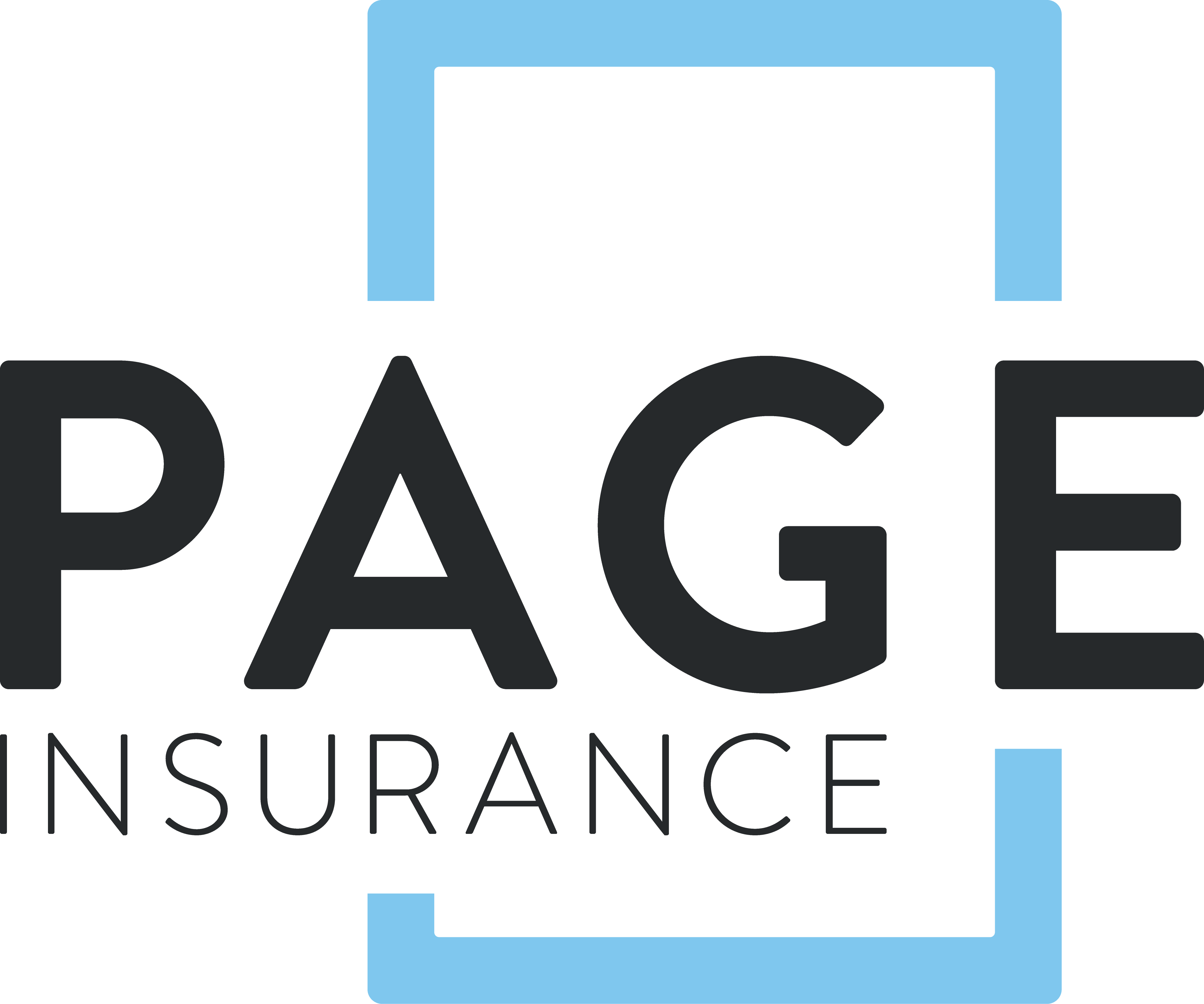Buying your first car is an exciting and significant milestone in life. I still remember when I bought my first car – a Pontiac Fiero. I was only 14 and didn’t yet have my drivers license – so I’d drive it around in circles in the back yard. The excitement comes with the responsibility of understanding the car-buying process and securing the right insurance coverage. This guide is designed to walk you through everything you need to know, step by step, as a first-time car buyer with zero experience with insurance.
Preparing to Buy a Car
First, you need to set a realistic budget. Consider not only the purchase price of the vehicle but also ongoing costs such as maintenance, gas, and insurance. Research different makes and models, comparing fuel efficiency, safety ratings, and reliability. Understanding your financing options is crucial, so compare interest rates, loan terms, and fees from various sources. Decide whether a new or used car is right for you, and test drive several vehicles before deciding.
Understanding Car Titles
When buying a car, you’ll come across different types of titles which provide information about the car’s history. A clean title indicates that the vehicle has never been in a major accident or experienced significant damage. A salvage title is issued when a car has been deemed a total loss by an insurance company due to severe damage or theft. A rebuilt title is assigned to a vehicle previously given a salvage title but has since been repaired. These title types can affect insurance rates and coverage options, so be aware of the implications before purchasing.
Understanding Car Insurance
The importance of car insurance cannot be overstated. It helps protect your financial well-being, ensures you comply with state laws, and provides peace of mind. Here’s a breakdown of the main types of car insurance coverage:
- Liability Coverage: Mandatory in most states, liability coverage is essential to protect you from financial fallout if you’re found responsible for an accident. It covers both bodily injury and property damage:
-
- Bodily Injury Liability: This covers medical expenses, lost wages, and legal fees if you injure someone in an accident. It is expressed as two numbers, such as 50/100, which means $50,000 per person and $100,000 per accident in coverage.
- Property Damage Liability: This covers damage to someone else’s property, typically their vehicle, but it can also include buildings, fences, or other structures. The third number in the 50/100/50 example represents property damage liability, with $50,000 in coverage per accident.
We recommend a minimum liability coverage of 300K combined single limit, which means bodily injury and property damage are covered under a single limit of $300,000, without separate limits per person or accident. This provides more flexibility when allocating the coverage amount between bodily injury and property damage claims. We also encourage everyone to consider an umbrella policy for times when this isn’t enough.
- Physical Damage Coverage (sometimes called ‘full-coverage’): Protects your vehicle from collision events and non-collision incidents like theft, vandalism, or natural disasters. This coverage includes:
-
- Collision: Covers damage to your car resulting from a collision with another vehicle or object. A deductible applies- the amount you’ll pay out-of-pocket before your insurance kicks in. Typical deductible options are $500 or $1,000.
- Comprehensive: Covers damage to your car caused by events other than collisions, such as theft, vandalism, fire, or natural disasters. Like collision coverage, a deductible applies, and you can usually choose the deductible amount based on your preferences and budget.
- Uninsured/Underinsured Motorist (UM/UIM) Coverage: Protects you if you’re involved in an accident with a driver without insurance or insufficient coverage. It covers medical expenses and property damage. We strongly recommend always matching UM/UIM coverage with your liability limits and never going without it. It’s very inexpensive and incredibly valuable. Be cautious of companies that cut this coverage to appear cheaper – this is not a smart trade-off.
- Medical Payments (MedPay) / Personal Injury Protection (PIP): Pays for medical expenses for you and your passengers, regardless of fault, after an accident. It may also cover lost wages and other related expenses.
- Optional coverages: These additional coverages can provide extra protection and peace of mind:
-
- Rental Reimbursement: This covers the cost of a rental car while your vehicle is being repaired after a covered accident.
- Roadside Assistance/Towing: This provides help if your vehicle breaks down or you need assistance, such as towing, jump-starts, or tire changes.
- GAP Insurance: This covers the difference between the amount you owe on your car loan and the vehicle’s actual cash value if it’s declared a total loss after an accident. We recommend considering GAP coverage to anyone who might be upside down on a loan.
By understanding these coverages, combined single limit, deductibles, and how they are represented in your policy, you can make more informed decisions when purchasing car insurance and ensure you have the protection you need.
Saving on Insurance Premiums
To save on insurance premiums:
- Shop around and compare quotes from different providers.
- Contact us at Page Insurance if you live in Idaho, Utah, or Wyoming; we offer personalized service and access to multiple insurance carriers.
- Bundle your policies to get discounts, choose a higher deductible, and maintain a good driving record.
- Take advantage of any discounts you may qualify for, like good grades or safe driving courses.
Insurance and Parents’ Policies
As a first-time car buyer, you may wonder if you can be listed on your parent’s insurance policy or if you need your own. This depends on factors such as the ownership of the car and the insurance company’s rules. You can sometimes be added as a driver on your parents’ policy, which may result in lower premiums. However, if you own the car, you may need your own insurance policy.
Factors Affecting Insurance Rates
Insurance rates can be affected by your age, driving experience, vehicle type, location, and credit history, among other factors. Younger drivers and those with less experience typically have higher insurance rates due to a higher risk of accidents. Living in urban areas with more traffic and crime may also result in higher premiums. The car’s make, model, and age can affect your rates, with expensive or high-performance vehicles costing more to insure. Maintaining a clean driving record and good credit can help keep your rates low.
Co-signing Considerations
If you need a co-signer for your car loan, it’s essential to understand the pros and cons. Co-signing can help you secure a loan if you have limited credit history, but it also places responsibility on the co-signer if you fail to make payments. Consider alternatives to co-signing, such as saving for a larger down payment or working on building your credit before purchasing a car.
Purchasing Your Car
When you’re ready to buy your car, be prepared to negotiate the price. Review and sign paperwork carefully, ensuring you understand all the terms and conditions. Register the vehicle with your state’s Department of Motor Vehicles (DMV) and secure the appropriate license plates.
Preparing for the Road
Before hitting the road, create an emergency kit for your trunk that includes a first aid kit, flashlight, jumper cables, and a tire inflator. Familiarize yourself with essential vehicle maintenance, such as checking oil, tire pressure, and coolant levels. Practice safe driving habits, like obeying traffic laws, avoiding distractions, and being cautious in adverse weather conditions.
Handling an Accident
If you’re involved in an accident, remain calm and follow these steps:
- Check for injuries and call 911 if necessary.
- Move your vehicle to a safe location, if possible.
- Exchange information with the other driver, including names, contact details, insurance information, and license plate numbers.
- Document the scene by taking photos and getting witness statements.
- Report the accident to your insurance company and follow their instructions on filing a claim.
We’re Here for You!
The journey to becoming a car owner is both exciting and filled with responsibility. By understanding the car buying process, securing the right insurance coverage, and practicing safe driving habits, you’ll be well-prepared for this new chapter in your life. Remember, when you’re ready to start a policy or need help finding the best coverage, don’t hesitate to contact us at Page Insurance. We’re here to help you every step of the way.
When you or your parents are ready to get a quote, click here.


